I met Fauja Singh twice, once when we hiked Snowdon and I was in awe he was wearing shoes, not trainers and walking like a pro, no fear, just smiling away. I was struggling to do the hike with trainers. I remember my mum saying “what an inspiration”. He was a very humble and kind human being. The second time I met him was when I was at an event, and again, he just had such a radiant energy about him. He’s one of a kind and I’m blessed to have met him.
He wasn’t just a runner. He was a symbol. A living contradiction to everything we’re taught about age, limits, and when to stop dreaming. And now that he’s gone, it feels like a light has gone out—not just in Punjab or east London, but in the hearts of everyone who saw a bit of themselves in his journey.
I first came across Fauja Singh years ago, scrolling through news headlines: “100-year-old man completes marathon.” I paused. Read the article. Then read it again. I was in awe—not because of the number next to his name, but because of the calm dignity in his photos. The twinkle in his eyes. The unshakable stillness behind the movement. He inspired my father, known as the Skipping Sikh, to continue running.
Over the years, I followed his story. The marathons. The Olympic torch. The homemade pinnis. The way he carried his turban with pride, his heritage like a second spine. In him, I saw the echo of my own elders—quiet, steady, devout. People who didn’t ask to be admired, but who lived in a way that made you admire them anyway.
Fauja Singh reminded me that it’s never too late to begin again. After losing his wife and a son, he could have given in to grief. But, instead, he found healing through movement. At an age when the world expects us to fade, he chose to shine. He encouraged me to continue running even when inside you feel broken and alone; his motivation to run is something that keeps me going.
What I admired most was not just that he ran—but why he ran. He didn’t do it for records or fame. He ran with god in his heart, sewa (service) in his soul, and hope in every step. He ran for the joy of it. For the simplicity of putting one foot in front of the other, even when the world was heavy.
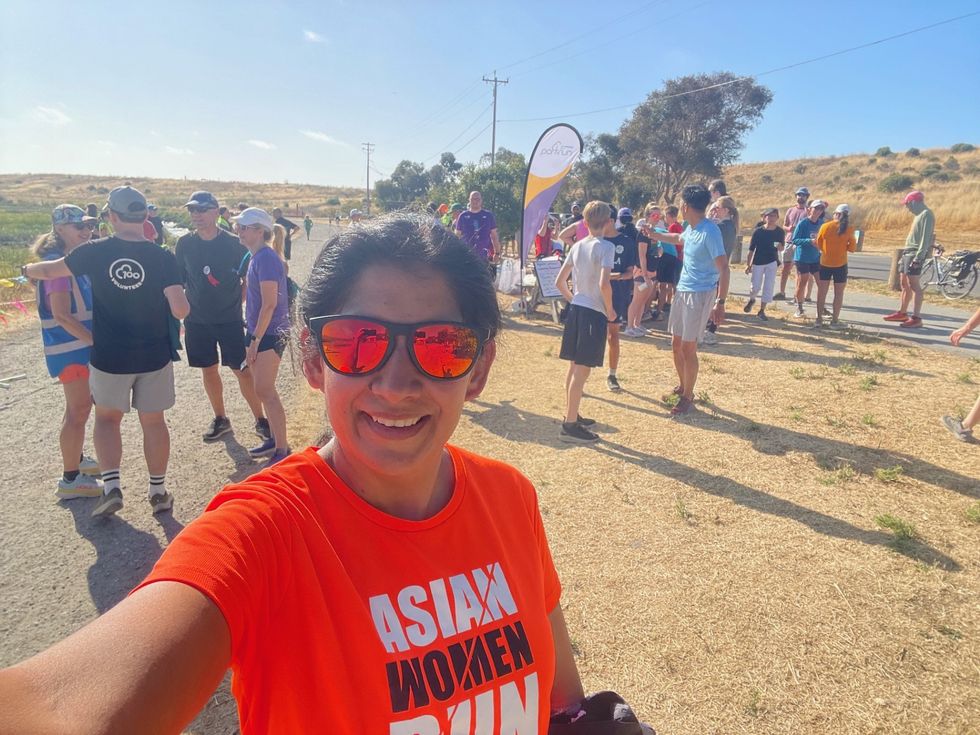
Now, in his absence, I find myself thinking about the legacy he leaves behind. Not medals or endorsements—but a mindset. That discipline is spiritual. That a life lived with purpose, simplicity, and community can echo far beyond the physical body. I hope I can follow this in my running journey and continue to do something that others say you can’t. He never gave up, he showed the community in Punjab and his doctor that he could do more than just walking. He’s an example to many people in this world of what we should all do, believe in ourselves even if others don’t believe in you.
His death feels impossibly unfair—a man who survived over a century, taken by a road accident. But I don’t want to remember Fauja Singh for how he died. I want to remember him for how he lived. How he rose each day with faith, put on his trainers, and chose motion over despair.
In a world that moves fast and forgets faster, Fauja Singh slowed us down long enough to remind us what really matters: discipline, humility, and doing what you love with integrity.
I carry him with me every time I feel tired. Every time I think I’ve missed my chance. Every time I wonder if it’s too late. It isn’t.
Fauja Singh proved that.
My parents and I will continue to remember his legacy; it will remain in our heart and every step we take we will remember god.



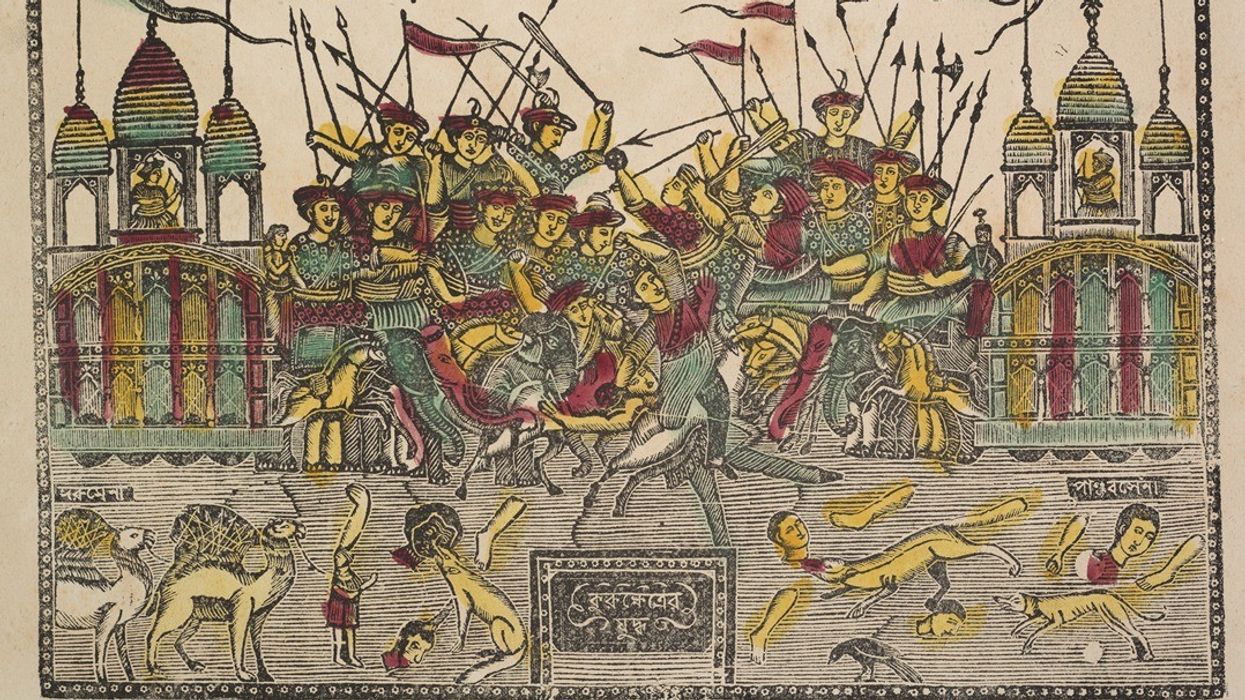
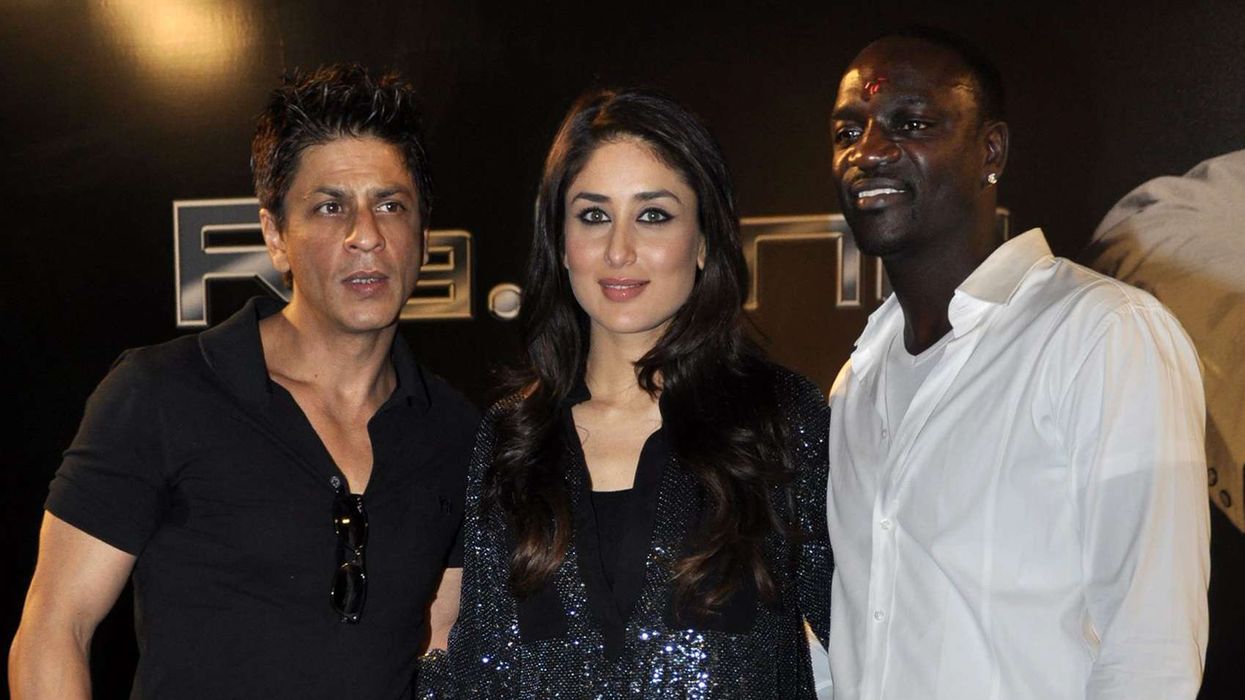
 Ayodele Odeyemi
Ayodele Odeyemi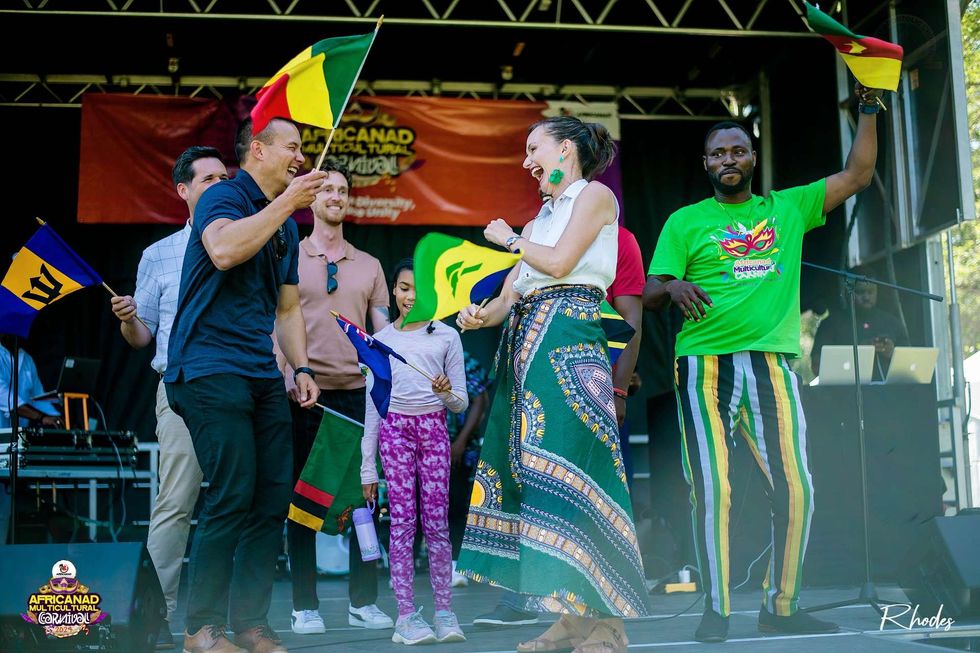 This is why South Asia offers such vital lessons for African creators today
This is why South Asia offers such vital lessons for African creators today


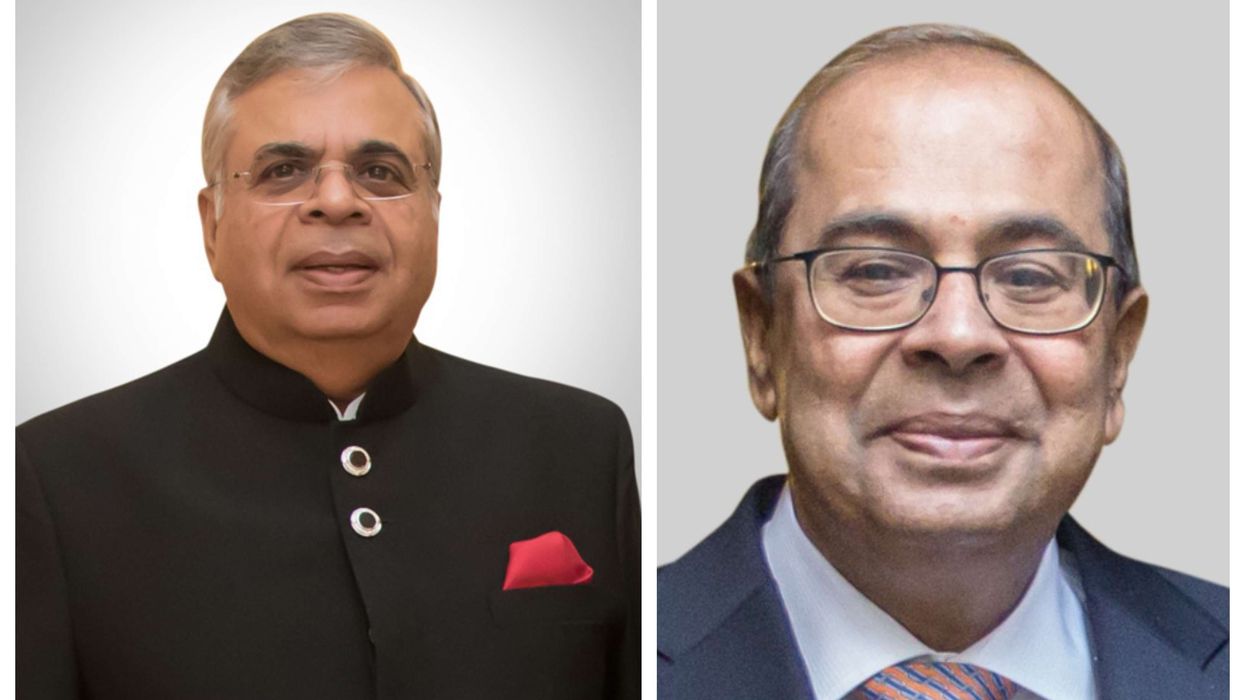




Anurag Bajpayee's Gradiant: The water company tackling a global crisis